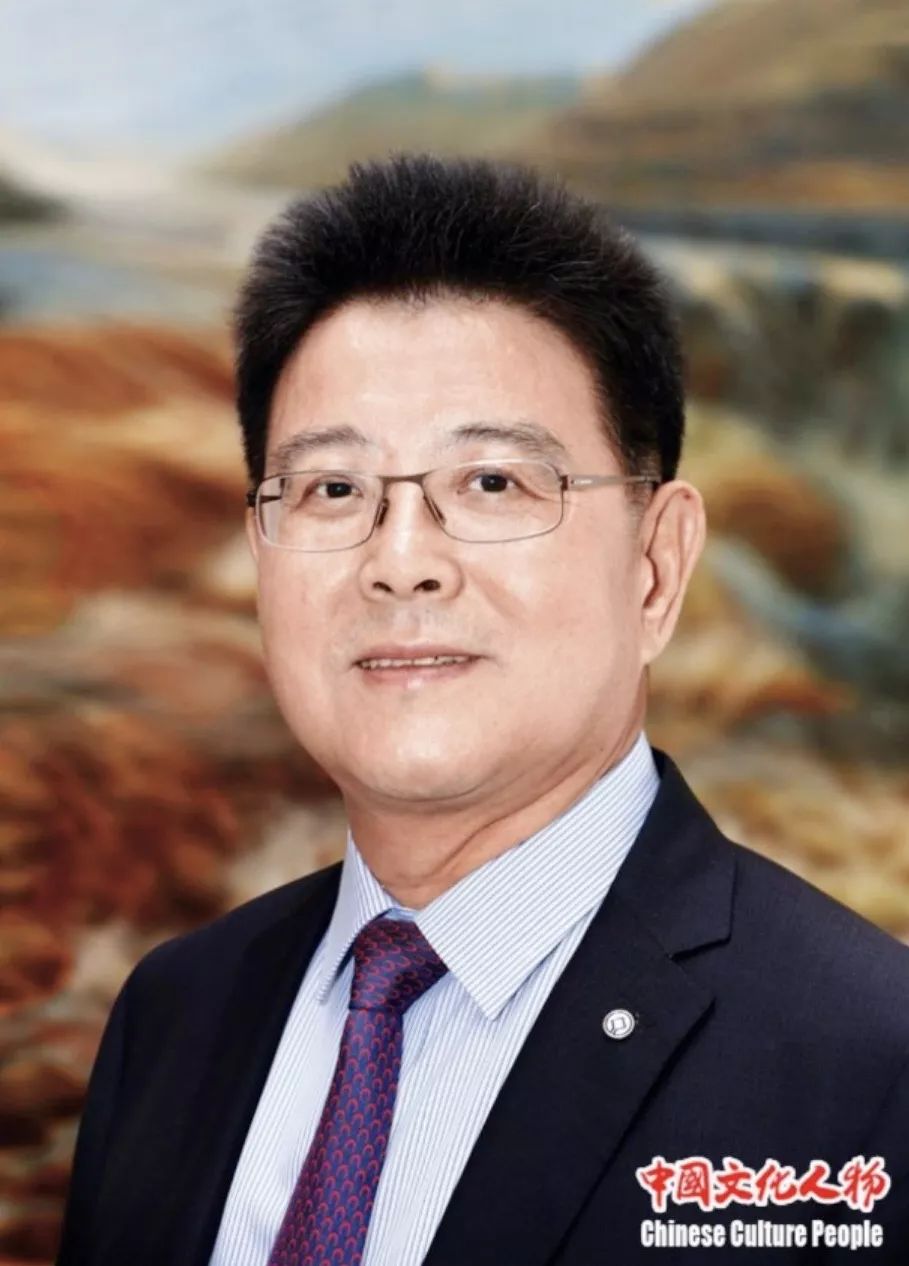
博士在“从福州到昆明:金融机构对世界遗产的保护与贡献”会议上的发言。
From Fuzhou to Kunming:
Increasing engagement and awareness of the financial sector on the World Heritage ‘No-Go’ commitment and biodiversity conservation
景峰 Dr. Feng JING
Chief of Asia and the Pacific Unit, UNESCO World Heritage Centre (Paris)
Guy Debonnet
Chief of Nature Heritage Unit, UNESCO World Heritage Centre (Paris)

Background
World Heritage sites are unique and special places, which protect the cultural and natural heritage that are of global importance. The World Heritage Convention is an instrument of international cooperation (194 States Parties) with the objective of conserving these unique places for the benefit of humanity as a whole and to ensure their transmission to future generations. Through the World Heritage List, the Convention protects more than 360 million hectares of land and sea and provides international recognition of 8% of the global protected area estate.
At its 40th session (Istanbul/UNESCO, 2016), the World Heritage Committee noted with significant concern the conclusions from the 2015 World Wildlife Fund (WWF) report “Protecting People Through Nature” that over half of all natural and mixed World Heritage properties are significantly threatened by extractive activities[1].
Since the early 2000s the World Heritage Committee has been raising concerns about the growing impact of extractive industries. In a landmark decision, the International Council on Mining and Metals (ICMM) and Shell announced at the IUCN World Parks Congress in 2003 that they would no longer pursue mining or oil projects situated in World Heritage sites and that any activities in the vicinity of these sites would be rigorously evaluated to avoid impacts on their Outstanding Universal Value (OUV).
The ICMM currently represents 27 of the largest mining companies in the world.
This so-called “No-Go” commitment was a milestone in getting buy-in from the extractives sector for the position of the World Heritage Committee that extractive activities are incompatible with World Heritage status. The position has since been adopted by other important oil companies including Total, BP, ENI and Tullow.
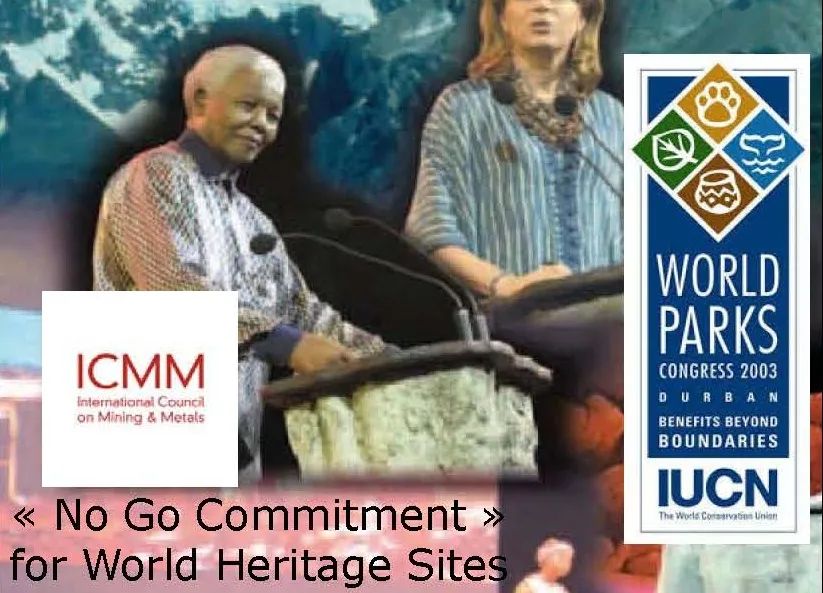
No Go Commitment for World Heritage Sites
More recently, the UNESCO World Heritage Centre and its partners have started working with the finance and insurance sector to incite them to integrate into their Corporate Social Responsibility (CSR) policies provisions that will prevent them from financing and/nor insuring projects that may negatively impact World Heritage properties and to ensure that the companies they are investing in subscribe to the “No-Go” Commitment. So far, 13 large banks have included “No-Go policy” clauses in their corporate social responsibility policies. A number of important global investor holdings have made similar commitments.
Recently, the International Finance Cooperation (IFC) of the World Bank Group also clarified in its guidance note for Performance Standard 6 on Biodiversity Conservation and Sustainable Management of Living Natural Resources, that World Heritage sites “will not be acceptable for financing, with the possible exception of projects specifically designed to contribute to the conservation of the area”. The IFC standards are also applied by all financial institutions, which have signed up to the Equator principles. These include 111 major financial institutions in 37 countries.
The UNESCO World Heritage Centre has also worked with the UNEP Finance Initiative Principles for Sustainable Insurance (UNEP/PSI) in view of developing an insurance industry commitment for the conservation of World Heritage properties. UNEP/PSI is the largest collaborative initiative between the UN and the insurance industry and includes insurers representing approximately 20% of world premium volume and USD 14 trillion in assets under management. The commitment was launched at the 42nd session of the World Heritage Committee (Manama, 2018). So far 23 large global insurance and re-insurance companies have signed up to the commitment.
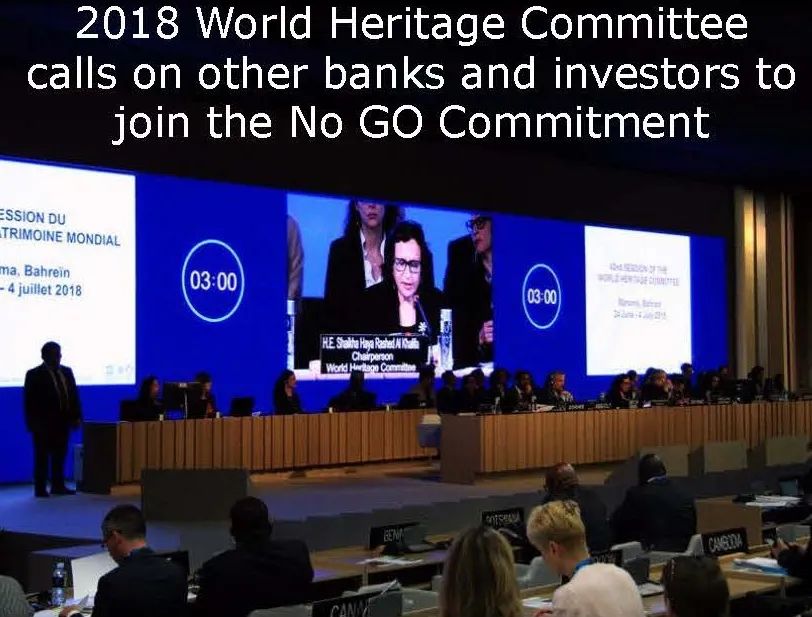
2018 World Heritage Committee
At its 42nd session (Manama, 2018), the World Heritage Committee also welcomed the growing interest from the investment sector for the conservation of World Heritage properties and strongly encouraged all banks, investment funds, the insurance industry and other relevant private and public sector companies to integrate into their sustainability policies, provisions for ensuring that they are not financing projects that may negatively impact World Heritage properties and that the companies they are investing in do subscribe to the “No-go commitment” (Decision 42 COM 7). At its 44th session (Fuzhou, China/Online, 2021), the World Heritage Committee reiterated this request in its Decision 44 COM 7.

Chinese banks and financial institutions and CSR policies
Since 2000, China has substantially increased its lending and financing of projects across the world. In 2013, the Chinese Government adopted a new global infrastructure development strategy, the One Belt, One Road initiative, today called the Belt and Road initiative (BRI). Through this initiative, China has become a leading financier of large-scale infrastructure and development projects in developing countries.
The Chinese financial institutions have also started developing CRS policies. In 2007, the China Banking and Regulatory Commission (CBRC) adopted a Green Credit Policy, requiring Chinese banks at all levels to limit financing high-energy consumption and high-polluting companies or projects, while increasing their investment in energy conservation and emission reduction projects. In 2009, the China Banking Association developed Guidelines on CRS for the Chinese banking sector. In 2013, the Ministry of Commerce and the Ministry of Ecology and the Environment also developed Guidance on Environmental Protection in Foreign Investment and Cooperation, requiring that Chinese companies engage in overseas investment, raise awareness of environment protection and fulfill CSR, conduct EIA and abide laws of host countries, respect local religion and customs and protect labors’ rights. In 2019, financial institutions and companies involved in BRI signed the BRI Green Investment Principles and committed to integrating environmental and social considerations into BRI investments.

Green Investment Principles for the Belt and Road First Plenary Meeting
In spite of these positive developments, China’s development banks have yet to standardize their environmental and social responsibilities. A case study looking at the application of CSR policies of two major Chinese development banks[2], the China Development Bank (CDB) and the China Export and Import Bank (Exim Bank), shows that they still lag behind their international counterparts regarding project standards. Neither of these major development banks has joined the Equator Principles.
In fact, out of only 111 global financial institutions have adopted the Equator Principles, only 6 are commercial banks from China (several of which in 2020).

China’s emerging leadership on environment and biodiversity conservation
Over the last few years, China has significantly increased its efforts to protect the environment and conserve biodiversity, in China as well as at the global level. In a speech to the United Nations in September 2020, the Chinese President Mr. Xi Jinping committed that China would “achieve carbon neutrality” before 2060. China has also been promoting the concept of “Ecological Civilisation”, defining new relationships between people and nature that would allow living well, and within the eco-environmental bounds of planet Earth. As a key strategy for implementing the “Ecological Civilisation” concept, China also introduced a new policy on “Ecological Redlines”, defining priority areas for ecological protection where industrial developments will be severely restricted or excluded. The “red line” strategy will cover regions with important ecological functions, including water and soil conservation, biodiversity maintenance as well as windbreak and sand-fixation, along with ecologically fragile regions, which are prone to soil erosion, desertification and salinization. The “red line concept” seems to be very similar to a No-Go policy for extractive industries and other environmentally damaging development activities.
In 2021 and 2022, China is at the focus of global efforts to protect biodiversity. A first virtual session of the 15th Conference of the Parties of the Convention on Biological Diversity (COP-15) took place in Kunming in October and a second “in presentia” session is scheduled in April 2022. This session will adopt the Global Biodiversity Framework and set the new global agenda to halt biodiversity loss and achieve the 2050 vision of a world of living in harmony with nature. The 2019 IPBES report and the recently published Global Biodiversity Outlook documented that the world failed to meet almost all of the Aichi Biodiversity Targets of the 2011 – 2020 Strategic Plan for Biodiversity and the trend of biodiversity loss continues to accelerate. The Global Biodiversity Framework will have to set ambitious new targets to achieve the transformative change needed to protect and restore nature. The COVID-19 pandemic has further demonstrated the vulnerability of humanity and the need to build environmental resilience. As the Chair of COP 15, China can play a leadership role to achieve an ambitious new Global Biodiversity Framework.
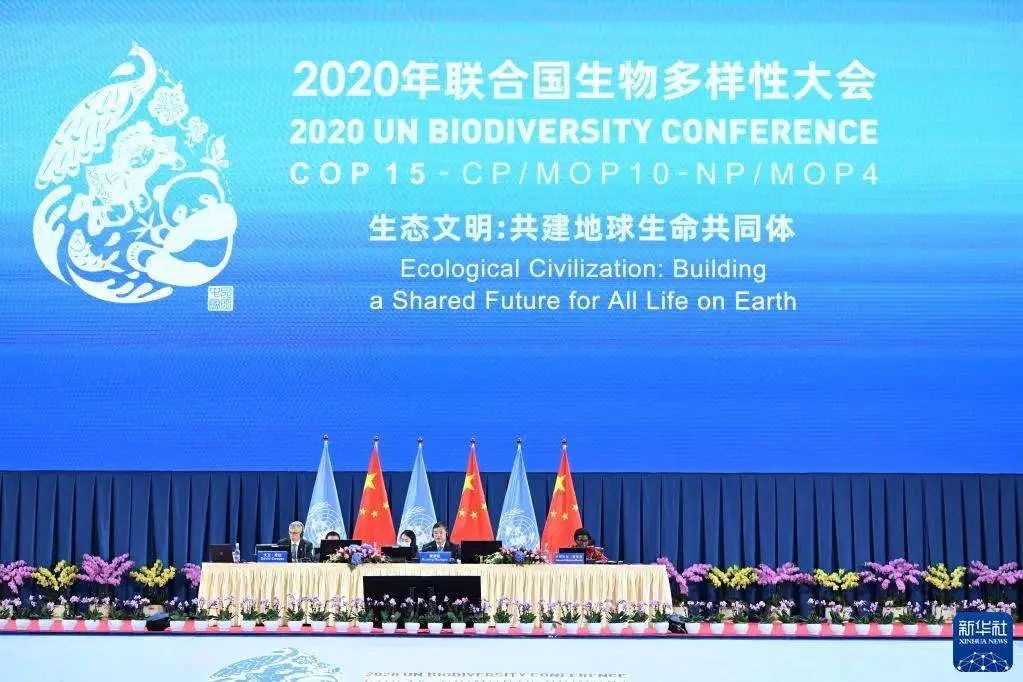
2020 UN Biodiversity Conference
In addition, China also hosted the extended 44th session of the World Heritage Committee (Fuzhou, China/ Online, 2021) and will host the 14th Conference of the Parties of the Ramsar Convention on Wetlands in 2022. The spotlights are therefore on China to demonstrate global leadership in environmental protection and biodiversity conservation.

Promoting the integration of the No-Go policy on World Heritage in the CSR agenda of the China banking sector
World Heritage sites are ecologically fragile areas of global importance and are to be considered as global “red line” areas, where extractive activities such as mining and oil exploitation and other environmentally damaging activities should be banned. The World Heritage Committee, in its Decision 42 COM 7 strongly encouraged all banks, investment funds, the insurance industry and other relevant private and public sector companies to integrate into their sustainability policies, provisions for ensuring that they are not financing projects that may negatively impact World Heritage properties and that the companies they are investing in subscribe to the “No-Go commitment”.
Following the extended 44th session of the World Heritage Committee of July 2021 and in the run-up to the second part of the CBD COP 15 in Kunming (April 2022), this presents an excellent occasion to raise awareness of the Chinese banks and financial sector on environmental issues and to promote the integration of the No-Go Commitment into their CSR policies. It also presents a unique occasion for Chinese Banks to strengthen their environmental commitments and announce their support to the No-Go Commitment on World Heritage and to the global community.
The UNESCO World Heritage Centre has been cooperating with an initiative of WWF China and Greenhub (G:Hub). G:Hub is a China-based environmental Think-Do organization with a mission to promote the development and implementation of sound climate and environmentally friendly policies in order to drive China’s green transition towards a sustainable, equitable and climate-resilient future and contributing to the reduction of global ecological footprint. G:Hub has started an awareness-raising campaign among Chinese banks and financial on the importance of the World Heritage Convention and to promote the integration of a No-Go policy on World Heritage in their CSR policies. As part of this awareness-raising work, G:Hub, in cooperation with International Finance Forum Global Green Growth Center (IFF GGGC) conducted in 2020 a series of training events entitled « Building Partnerships between Financial Institutions and Biodiversity”. The training was endorsed by the Policy Research Center for Environment and Economy of the Ministry of Ecology and Environment (MEE) and supported by representatives from the Executive Committee for the CBD COP 15, CBD secretariat, China Banking and Insurance Regulatory Commission (CBIRC), China Banking Association, and the International Environmental Cooperation Center of the MEE. As part of the training series, a presentation was given by the UNESCO World Heritage Centre on the No-Go policy in the framework of the Convention.
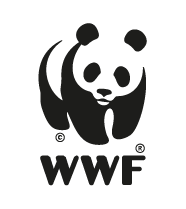

WWF China and Greenhub
G:Hub together with WWF China and in cooperation with the UNESCO World Heritage Centre is planning to organize an event in the run-up to the second part of COP15 to further raise awareness among Chinese banks and institutions. It is planned to invite representatives from Chinese banks and institutions and to have a number of presentations from banks and other companies which already have committed to the No-Go policy and can present their experience. The event is supported by the UNESCO project “Strengthening private sector engagement in the protection of Natural World Heritage sites”, funded by the Flemish Funds in Trust (Belgium).
The objective is to encourage Chinese Banks and financial institutions to strengthen their CSR policies and to present the commitment from the Chinese banks and financial institutions at COP 15. By integrating a No-Go Policy on World Heritage in their CSR policies, Chinese banks and financial institutions could provide a powerful statement of commitment to the conservation of the most outstanding areas of global biodiversity on the planet.
It is hoped that this event could encourage more Chinese banks and financial institutions to consider a commitment to be announced at COP 15 in Kunming.
本文由景峰先生提供,内容为“从福州到昆明:金融机构对世界遗产的保护与贡献”会议发言。(点击题目查看会议详情)。会议简讯请见文末“阅读原文”。
Reference:
[1] https://whc.unesco.org/en/decisions/6817/
[2]A Review of the Environmental and Social Policies of National Development Banks in Brazil, China, and India, available at http://www.ghub.org/wp-content/uploads/2014/02/1.1Appendix_A-Review-of-the-Environmental-and-Social-Policies-of-National-Development-Banks.pdf.
景峰
联合国教科文组织世界遗产中心亚太部主任,全面负责《世界遗产公约》在亚太地区47个国家和15个办事处的国际合作。
清源-景峰文章链接:
*本期编辑顾芸培,排版廷廷。文中图片均有景峰先生提供。封面:© Martin (necktru / Llanganuco, Parc national de Huascarán,WHC.com
版权声明:如需转载,请留言联系清源或邮件bjchcc@126.com。未经同意禁止转载。
清源文化遗产
我们是一群工作在文化遗产保护领域第一线的青年,跟您分享实践思考、学术成果、思想碰撞,以及深入遗产地带来的好吃好玩。
*有关于文化遗产保护的话题或疑问,直接微信回复公众号。

原文始发于微信公众号(清源文化遗产):【学术分享】从福州到昆明:金融机构对世界遗产和生物多样性保护的责任和贡献
 规划问道
规划问道